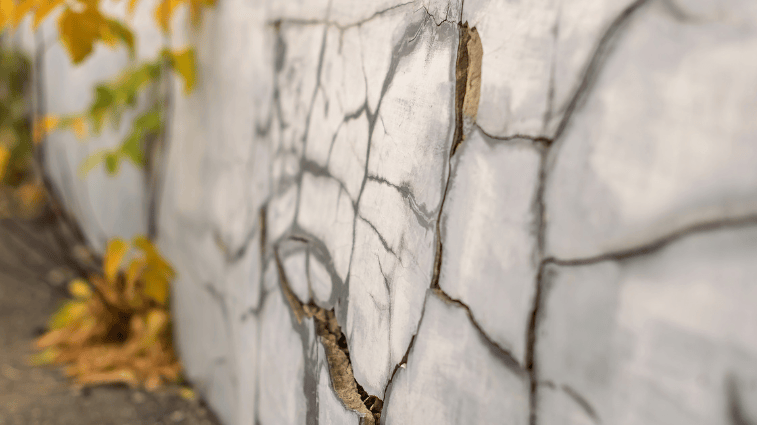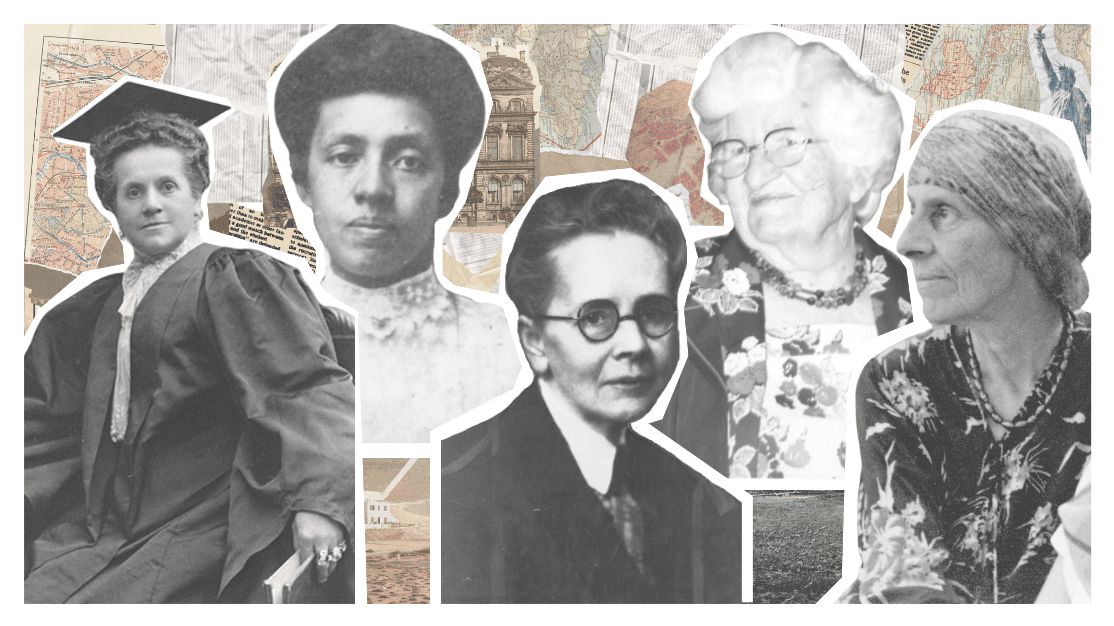
Shaking Things Up: How Well Can NYC Withstand Earthquakes?
On a list of cities most vulnerable to seismic activity, New York City ranks low. Though, if the recent 4.8-magnitude earthquake in New Jersey is any indication, this city has become too comfortable on stable ground.
The largest known earthquake in the greater NYC area occurred in 1884, with a magnitude of about 5. While the likelihood of similar magnitude quakes is low in this region, the greater threat is this city’s unpreparedness for the worst case scenario.
Most buildings were constructed before legislation began requiring earthquake-safe materials and reinforcements, making much of the city particularly vulnerable to damage and collapse. In fact, despite ranking low among cities most likely to sufffer earthquakes, a 2008 analysis conducted by the Federal Emergency Management Agency (FEMA) found New York to be the fourth most at-risk state for building-related earthquake losses.
Should NYC Be Quaking In Its Boots?
At a news conference following the earthquake that occurred this April, Department of Buildings (DOB) Commissioner James Otto expressed concern over “downstream possibilities cracks,” and urged New Yorkers to report any building fractures that appeared after the quake.
This city’s infrastructure is complex and interlinked, and even damage as insignificant as a small crack can be hazardous on a large scale, due to high population density. The recent earthquake may have felt like a few mild shakes, but if it had struck closer to the city at a higher magnititude, the risk of devastation would be a serious consideration.
Large areas of NYC were once soft marshes, and have since been filled in to create a foundation for development. According to a risk landscape study, the discrepency between hard bedrock and the artificial fill amplifies shaking during an earthquake. Ultimately, this increases the risk of damage to buildings, especially those built atop filled in sediment. Poor subsurface conditions can also cause ground failure, or soil liquification, and damage to underground infrastructure due to soil instability. Coastal areas — mainly the outer edges of Brooklyn, Queens, Staten Island, and parts of Lower Manhattan — are the most likely to suffer damages due to the higher amount of artificial fill.
The same study identified over 200,000 high risk buildings, which were constructed with un-reinforced brick from the mid-1800s to 1930s. The masonry used in these older buildings is inflexible and unable to absorb tensile forces, leading to a greater risk of a structural support system collapse. Other structures identified as vulnerable to damage include masonry loft buildings, which lack interior walls and have high ceilings, as well as rows of attached unreinforced masonry buildings, which rely on each other for stability. Most of these types of structures can be found in Brooklyn and Queens, although they are present in all five boroughs.
Earth-Shattering Legislation
Historically, hazard events incentivize legislation updates. After two devastating North American earthquakes in 1988 and 1989, NYC lawmakers began working towards adopting earthquake-resistant construction.
Local Law #17/95, which went into effect in 1996, established groundbreaking rules for all new buildings. Seismic safety requirements have only increased since then; after the DOB adopted the International Code Council’s code standards in 2008, NYC construction codes began requiring more flexible and ductile building materials. The updated codes also released sections for different soil types and building foundations, as well as stringent requirements for essential structures like hospitals and firehouses.
A second major code revision occurred in 2014, which followed the American Society of Civil Engineers Standard (ASCE) 7-2010 for constructing earthquake-resistant buildings. These updates considered factors such as soil liquefaction and artificial fill, and specified instructions for electrical and mechanical systems, building contents, and architectural components.
The most recent code revision in 2022 similarly follows the ASCE 7-2016 model, and released updated requirements for retaining walls, as well as new sections on seismic loads.
Conclusion
Collapsing buildings are the highest contributor to earthquake-related injuries and fatalities, and the long-term consequences such as housing displacement and repair are other important concerns. While NYC has made some moves towards safer construction in the past, there is still room for further legislation. Given the potential links between earthquakes and climate change, these issues could pose a greater threat in the future — but only time will tell.
For more assistance with building codes and zoning, contact Outsource Consultants, Inc., experts in the field for 30 years and counting.
Resources








